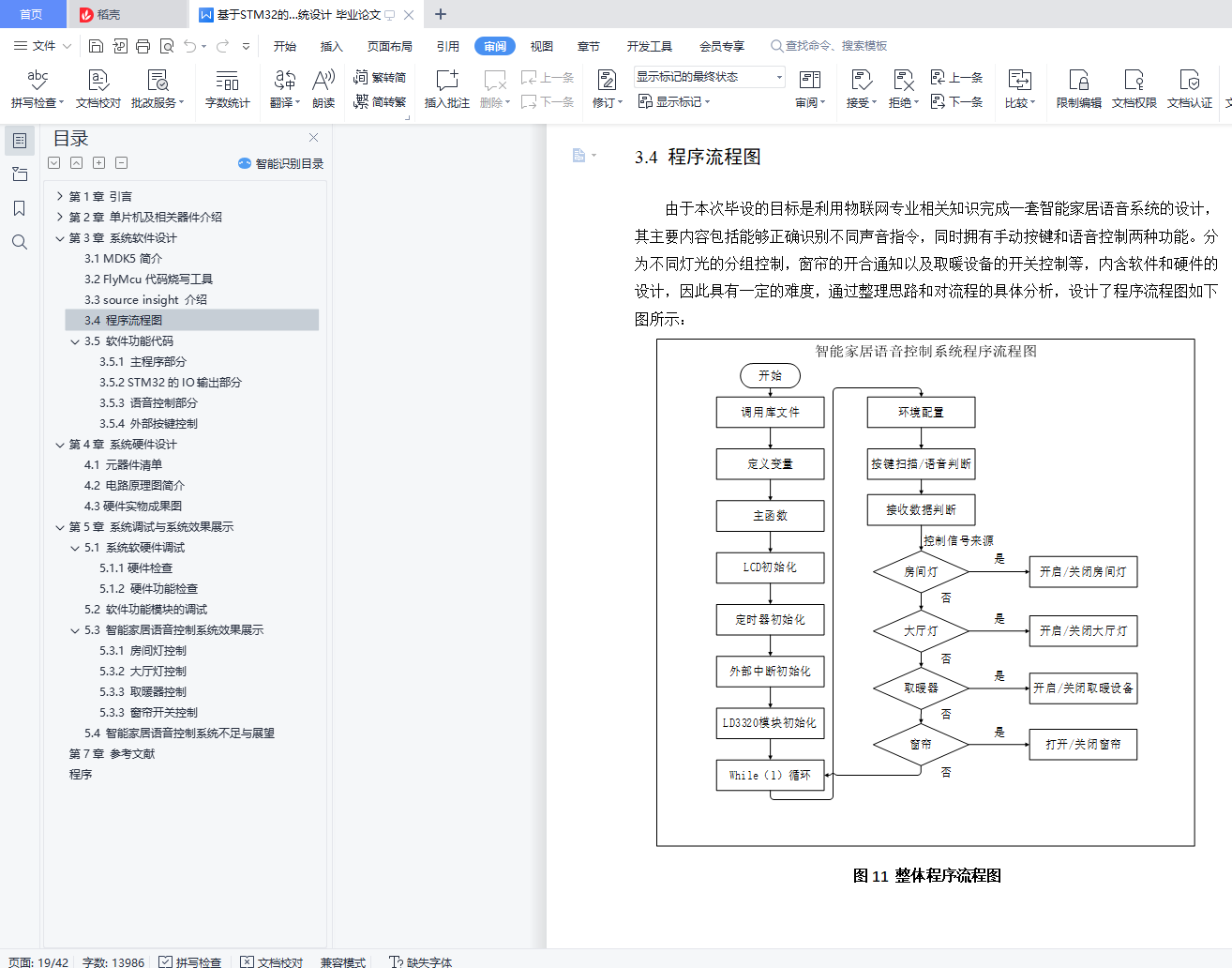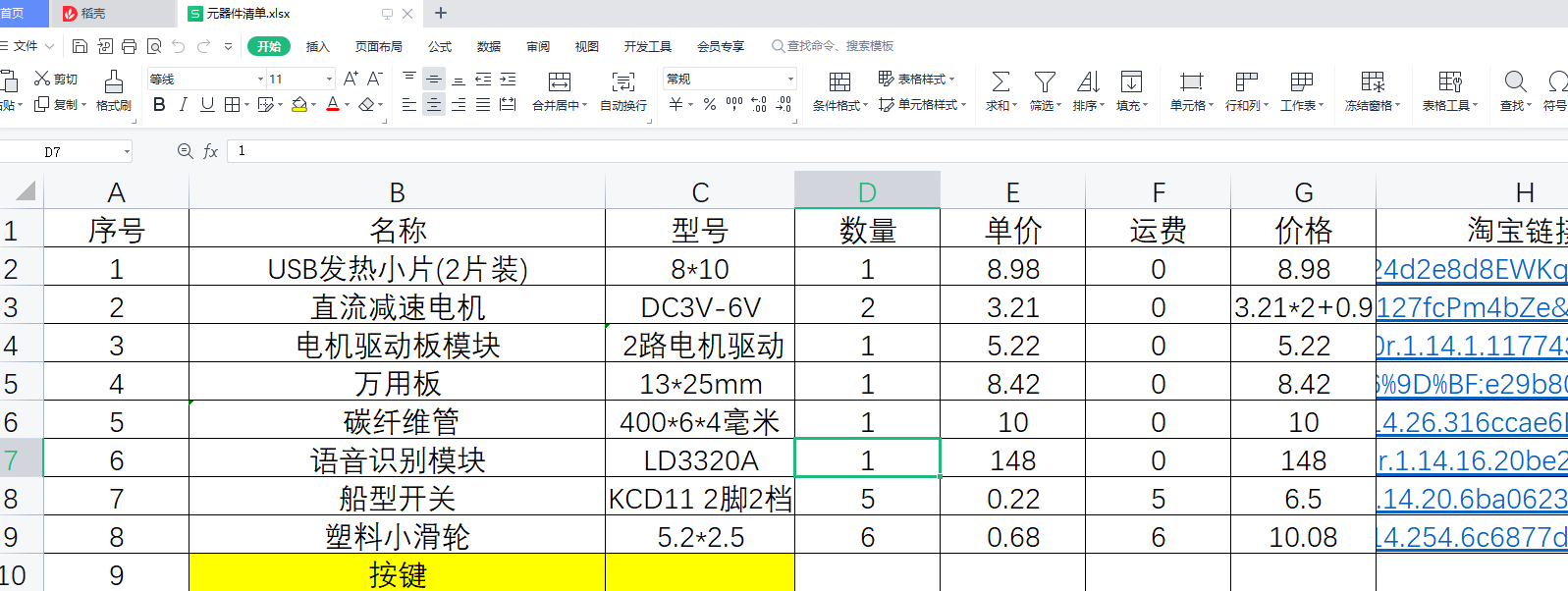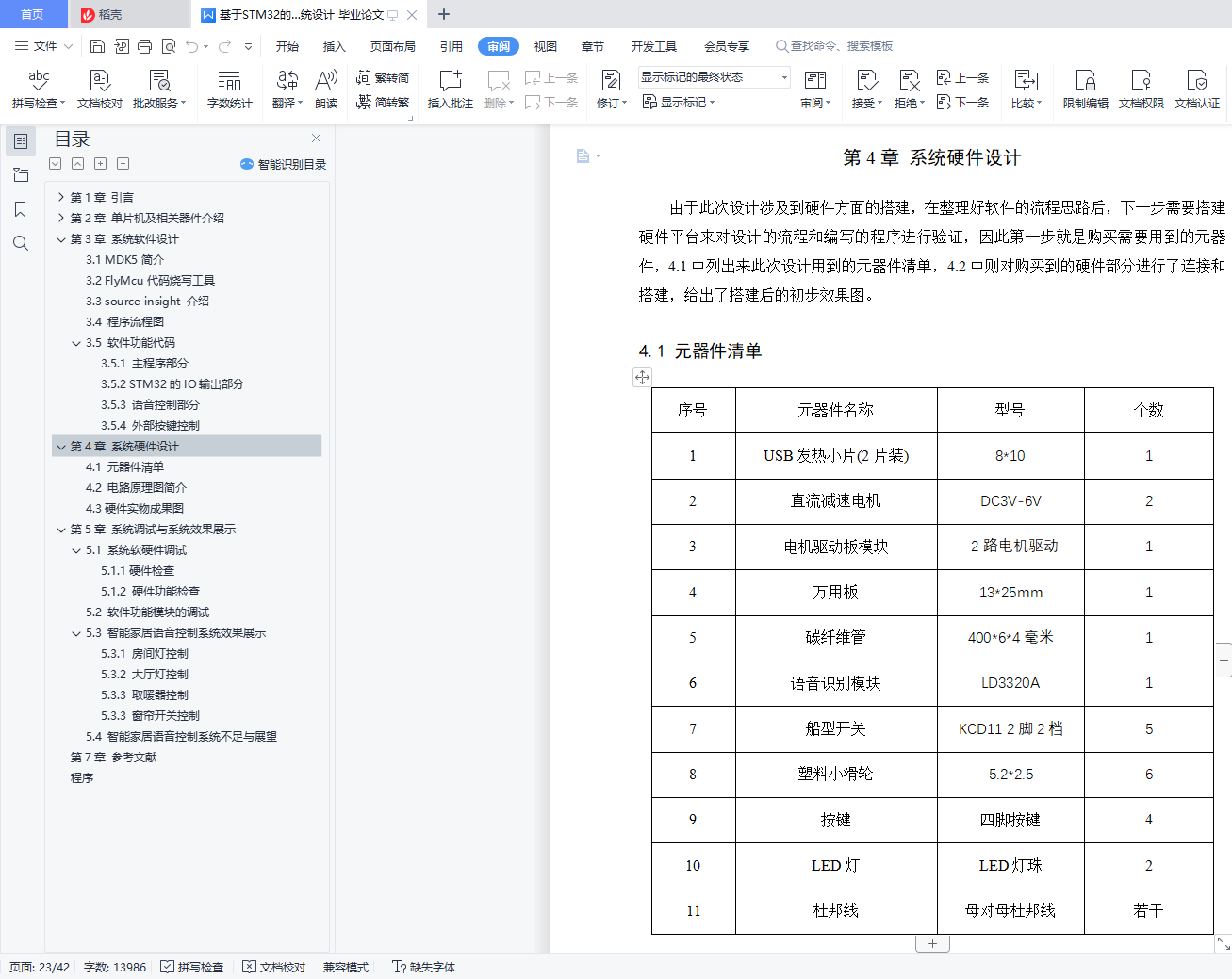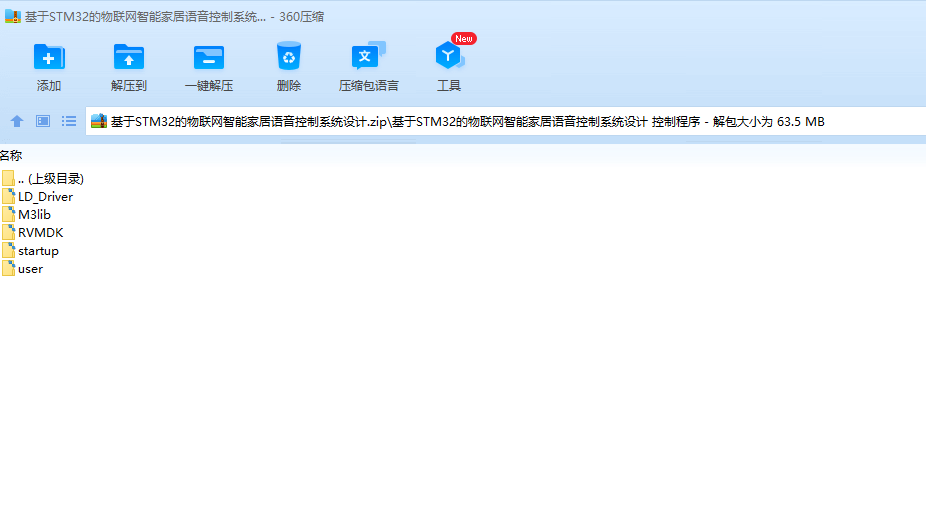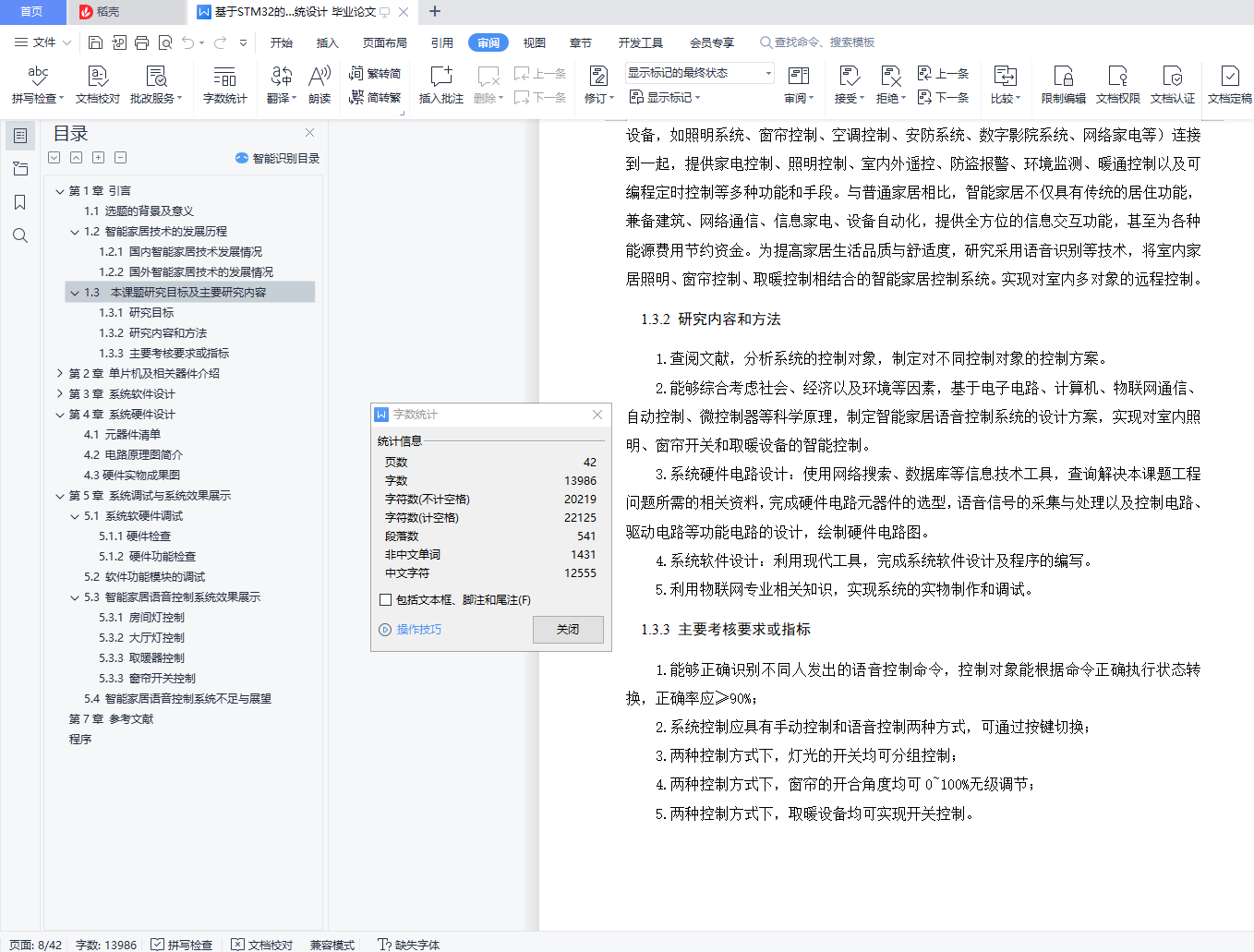摘要
智能家居是传统家电与物联网相互结合的产物。智能家居主要通过利用先进的单片机技术,蓝牙识别技术和语音识别技术,将家用电器,如电灯,电视,冰箱等联系起来,通过语音来控制各个家用电器设备,使人们的生活更加方便,安全和健康。本文以实际需求为出发点,提出了一种基于LD3320语音识别的智能家居控制系统设计方案,该方案能够通过语音控制和按键控制两种方式来控制家中房间和客厅中的电灯开关控制、取暖器的开关控制以及窗帘的开关控制。与普通家居相比,该智能家居不仅具有传统的居住功能,还能为使用者提供更加便利的服务。论文从理论分析到方案设计,最后搭建了一套完整的智能家居控制系统,对其进行功能测试及整体性能测试,结果验证了整套系统的可用性,达到了预期目的。
关键词: 智能家居; 单片机; 语音识别术
Abstract
Smart home is a product of the combination of traditional home appliances and the Internet of Things. Smart home mainly uses advanced single-chip technology, Bluetooth recognition technology and voice recognition technology to connect household appliances, such as electric lights, TVs, refrigerators, etc., to control various household appliances through voice, making people's lives more convenient, safe and health. Based on the actual needs, this paper proposes a design scheme of intelligent home control system based on LD3320 speech recognition. This scheme can control the light switch control and heater in the room and living room in the home through voice control and button control. Switch control and switch control of the curtains. Compared with ordinary homes, this smart home not only has traditional living functions, but also provides users with more convenient services. From theoretical analysis to program design, the paper finally built a complete intelligent home control system, and carried out functional test and overall performance test. The results verified the availability of the whole system and achieved the expected purpose.
Key words: smart home; single chip microcomputer; Speech recognition technology
目录
第1章 引言
1.1 选题的背景及意义
1.2 智能家居技术的发展历程
1.2.1 国内智能家居技术发展情况
1.2.2 国外智能家居技术的发展情况
1.3 本课题研究目标及主要研究内容
1.3.1 研究目标
1.3.2 研究内容和方法
1.3.3 主要考核要求或指标
第2章 单片机及相关器件介绍
2.1 主控芯片简介
2.2 主要器件介绍——LD3320
2.2.1 功能介绍
2.2.2 电路说明
2.3 DC3V-6V直流减速电机
2.4 电机驱动模块
2.5 继电器模块
2.5.1 继电器介绍
2.5.2 电磁继电器工作原理
2.5.3 继电器模块电路
第3章 系统软件设计
3.1 MDK5简介
3.2 FlyMcu代码烧写工具
3.3 source insight 介绍
3.4 程序流程图
3.5 软件功能代码
3.5.1 主程序部分
3.5.2 STM32的IO输出部分
3.5.3 语音控制部分
3.5.4 外部按键控制
第4章 系统硬件设计
4.1 元器件清单
4.2 电路原理图简介
4.3硬件实物成果图
第5章 系统调试与系统效果展示
5.1 系统软硬件调试
5.1.1硬件检查
5.1.2 硬件功能检查
5.2 软件功能模块的调试
5.3 智能家居语音控制系统效果展示
5.3.1 房间灯控制
5.3.2 大厅灯控制
5.3.3 取暖器控制
5.3.3 窗帘开关控制
5.4 智能家居语音控制系统不足与展望
第7章 参考文献
程序
